The Artist Perseveres
In a meta-exploration of the “struggling artist” myth, Joe Fig paints portraits of artists—Basquiat, Rembrandt, Kahlo—as portrayed in classic films.

Interview by Nozlee Samadzadeh
TMN: How did you pick these artists and films to represent?
Joe Fig: The first artists I picked were based on the films my parents grew up with and that shaped their perception of the myth of the artist’s life as “starving, struggling, miserable, drunk.” Films such as Rembrandt (1936), Lust For Life (1956), Agony and the Ecstasy (1965), and Moulin Rouge (1952) led me to an in-depth analysis of how artists are depicted in film. Continue reading ↓
We last spoke with Joe Fig about his book Inside the Painter’s Studio, which explores the real day-to-day practicalities of 24 leading contemporary artists. Cinematic Paintings is on view at Cristin Tierney in New York City through Oct. 20, 2012. All images used with permission, © copyright the artist, all rights reserved.
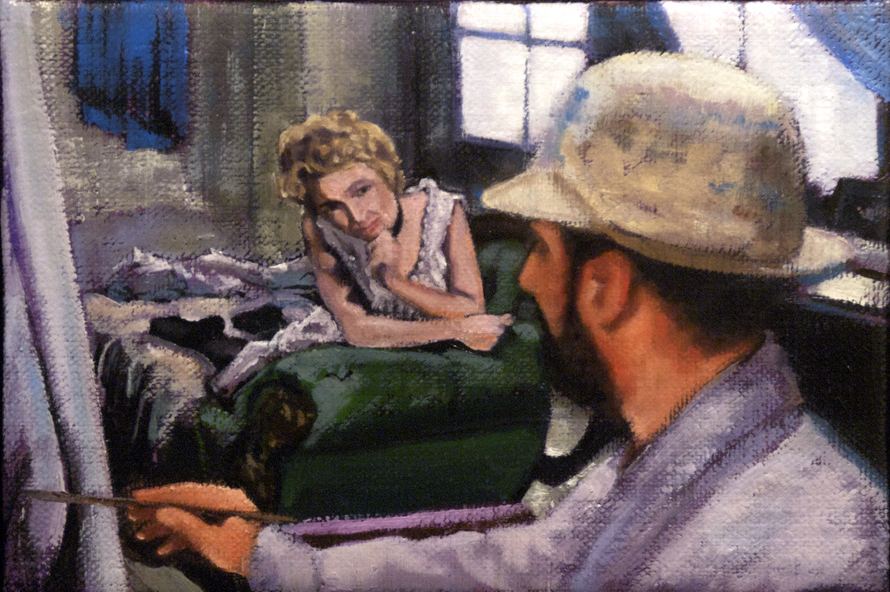
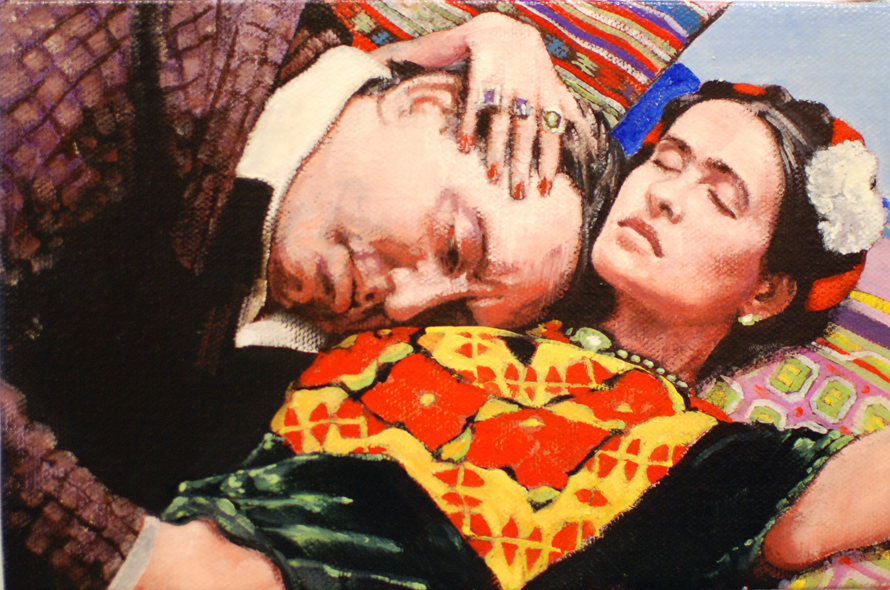
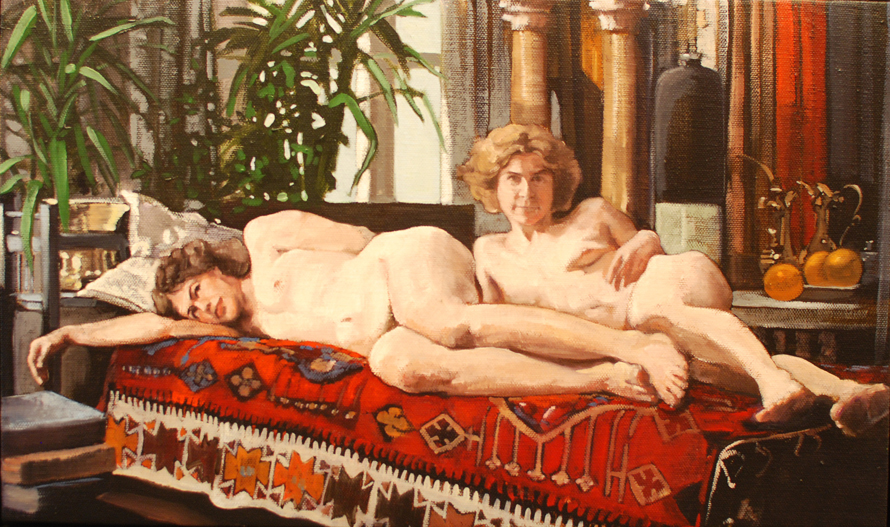
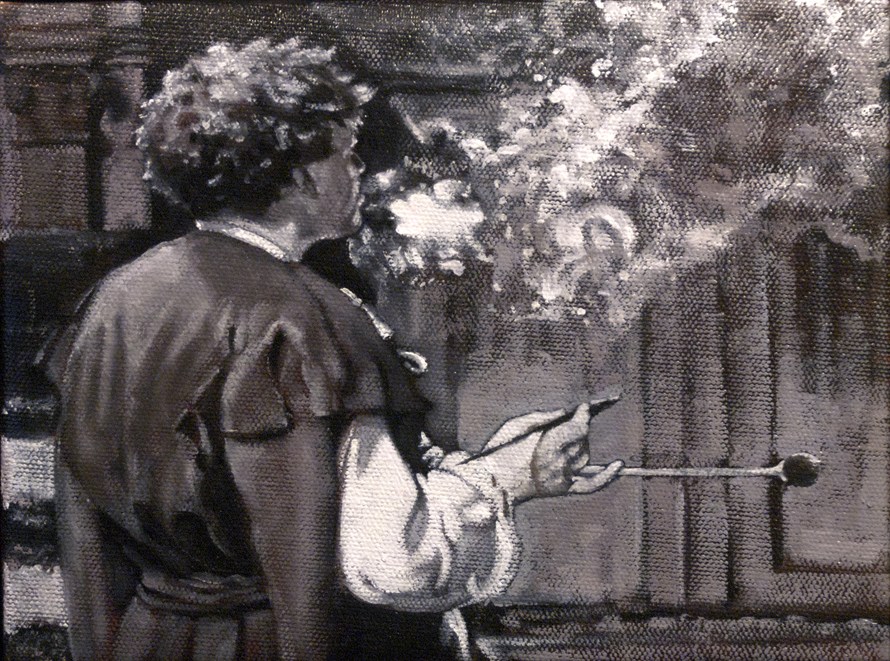

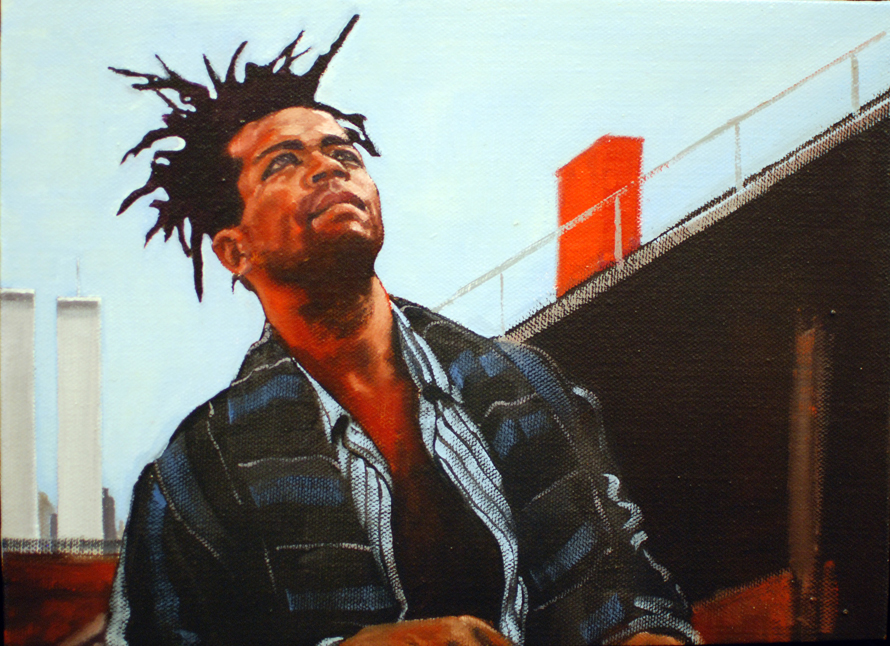

Interview continued
My previous work had focused on this myth and the artist in the contemporary art world. Now I questioned where this myth came from, and how it has been propagated. My conclusion was through film—hence, my parents not wanting me to become an artist as I would lead a debauched life, be penniless and starving, and remain “undiscovered” until I was dead, after which my work would be worth millions.
TMN: How did you create the paintings, and what made you pick the stills you chose?
Joe Fig: I watch each film a number of times, taking notes about the story arc, secondary figures, and the subtle moments. Eventually, when I find a moment of interest, I’ll rapidly photograph about 20-30 shots of the scene. I’ll then cut and paste together a composition, looking for key elements—a hand gesture, a turn of the head, a look of the eyes—to recreate that scene to my compositional and narrative liking. That image serves as my maquette to create the painting.
The scenes I look for are generally the moments of artists at work or in contemplation. I’m also interested in the relationships between artists—friendly or romantic.
TMN: Surely Frida Kahlo and Basquiat had some good days. What is your opinion of the myth of the “starving” artist?
Joe Fig: Questioning that myth has been central to my work for years. In fact, my book Inside the Painter’s Studio came in part out of that questioning. I’ve interviewed countless artists abut their artistic process and daily routines and found that the myth—at least today—is a fallacy, and that the successful artists are the ones who are the most disciplined and focused.
TMN: How do these images of artists at work compare to your own artistic process?
Joe Fig: I think these images are universal to all artists and that the period doesn’t matter. Rembrandt, Goya, Michelangelo, Basquiat—they are all similar. The artist creates, the artist doubts, the artist is critiqued, the artist perseveres. And sometimes, the artist drinks too much.
